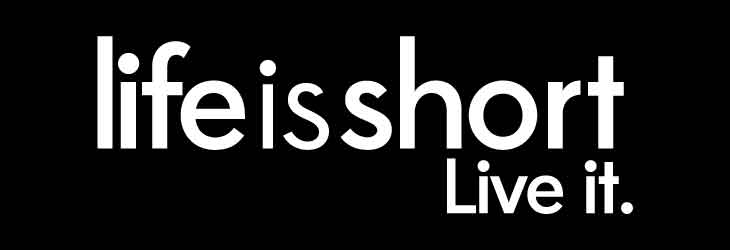Life Is Short – That’s Why We Need Leaders to Consider the Long Run

We live in a click, swipe, and add-to-cart culture. Most of us approach long-term opportunities and challenges with short-term thinking and strategies. But this mismatch can derail our progress, negatively influencing how we lead and how our organizations perform.
Consider, for example, the pressures that quarterly earnings reports exact on public companies. These businesses relentlessly push for growth rather than shooting for the long-game goal of creating something great and durable.
Warren Buffett and Charlie Munger often say that great business building and investing have more to do with psychology than with brainpower.
Similarly, leaders often think that employees’ quantifiable competencies and credentials are more important than their character and values. But in order for a business to run right, in order for people to circumvent our own human hard-wiring is to remind ourselves that leadership always involves a tandem dance between long-term strategy and present-day execution.
In theory, we should always be able to create perfectly executable blueprints, but in reality, we must respond again and again to new facts, changing conditions, and external disruption. To quote Mike Tyson, “everybody has a plan until they get punched in the face.”
Here are five piece of practical advice that leaders and managers can put in place to help them thwart short-term thinking and present biases:
Five tips to Look Beyond Our Present Bias
- Be obsessively self-aware, not just about your strengths and weakness, but also about your long-term goals. Ask yourself, “Am I consistently and authentically connecting what I say, think, do, and feel? Is my company?”
- Establish a culture of common values and common standards. Garry Ridge, CEO of WD-40—which has one of the highest employee engagement rates in the country—once compared the values of his firm to the banks of a river: they serve as guides to tell where you need to go. But writing down a list of values is only the first step. Those values must come alive through consistent actions and interactions.
- Put in place some automatic check-point Charlies to gauge how you’re progressing toward your long-term goals. Try integrating 360-degree employee reviews at least once a year. You’re much more likely to succeed at giving—and receiving—productive feedback if you create safe, predictable zones for open conversation.
- Create a positive peer pressure network of accountability. One of the best ways to create positive change is by asking trusted peers or advisors to hold you accountable to your long-term stated goals. Our present bias may try to persuade us to put off tomorrow for today, but surrounding yourself with people who know your goals and support your efforts to reach them is akin to having a personal trainer keep you honest at the gym.
- Make the soft-stuff more measurable. The key imperative of leadership is to imprint goodness onto other people. My advice on the best way to translate this mission into something more tangible? Make a commitment to positively mentor, shape, and inspire 5 to 10 people over the course of your career. This may be the best way to make a long-term, generative impact at both the individual and the organizational level. Use this commitment as your call to action. Don’t blow off that meeting you’ve scheduled with your mentee, and don’t default to hiring the person with the branded resume but no real purpose. Make a proactive commitment to positively impact others, and encourage them to do the same. You’ll find you may change the world.
Few leaders or companies would argue that they’re not in the business of creating long-term value and returns for their shareholders. But pursuing this goal without falling prey to our present-day, short-term biases is more challenging. We can only begin to enact real change when we acknowledge this very human bias and develop supportive tools and mechanisms to make sure our long-term perspectives truly last. In the end, it’s our duty to make ourselves and other people better. Yes, it’s damn hard to be good, but in business and in life, is there anything that matters more?
Written by: Anthony Tjan is the author of Good People: The Only Leadership Decision That Really Matters (Portfolio/Penguin Random House).
Bring the best of the CEOWORLD magazine's global journalism to audiences in the United States and around the world. - Add CEOWORLD magazine to your Google News feed.
Follow CEOWORLD magazine headlines on: Google News, LinkedIn, Twitter, and Facebook.
Copyright 2025 The CEOWORLD magazine. All rights reserved. This material (and any extract from it) must not be copied, redistributed or placed on any website, without CEOWORLD magazine' prior written consent. For media queries, please contact: info@ceoworld.biz











